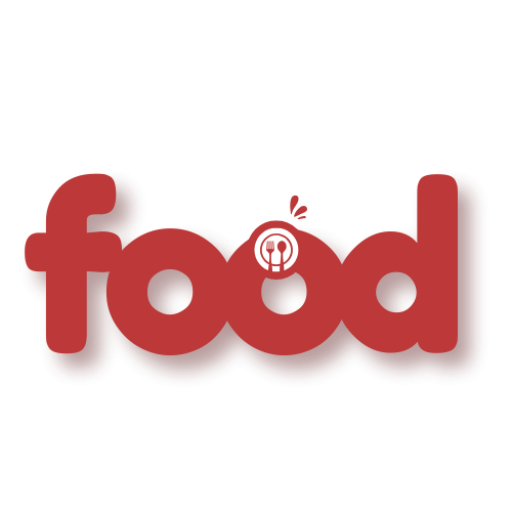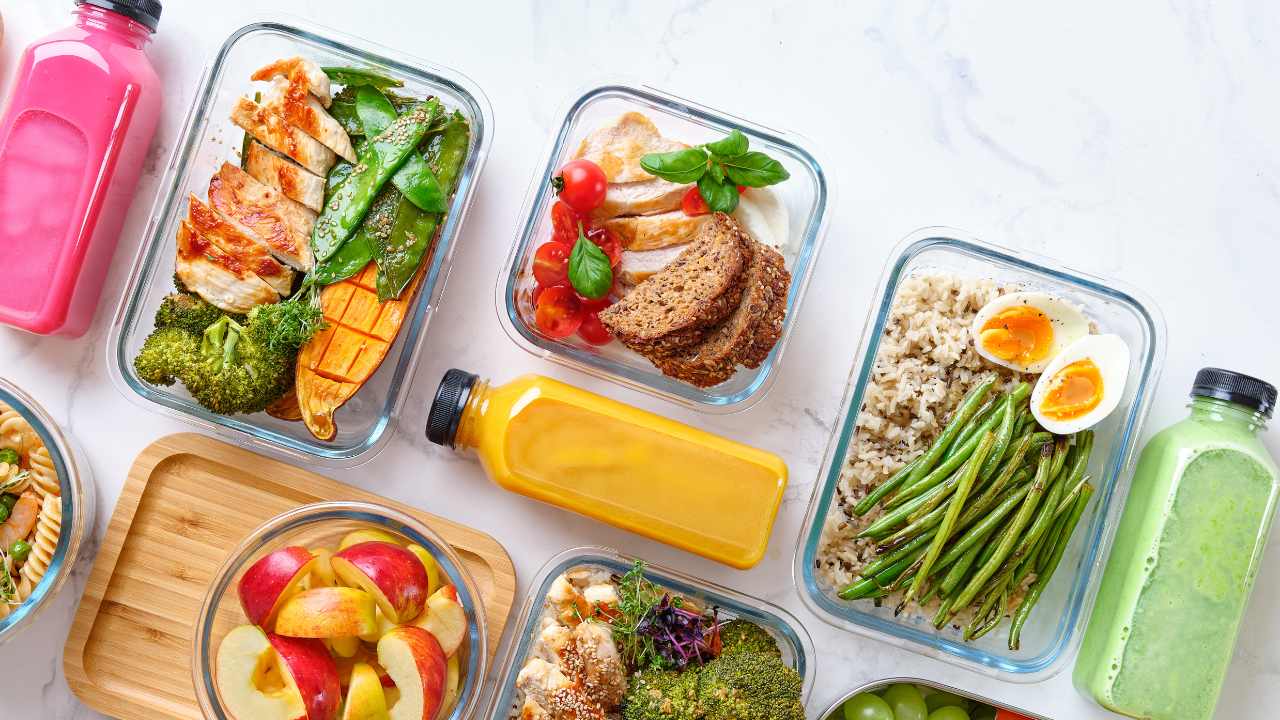Struggling to find easy healthy meals for weight loss? You’re not alone. In 2025, many people want meals that are fast, affordable, and effective for shedding pounds—without bland food or extreme diets.
This guide covers beginner-friendly, nutritious meal ideas you can prep in under 30 minutes. Each meal is calorie-conscious, protein-rich, and packed with whole ingredients to help you stay full and burn fat.
Read-Keto Diet Healthy Foods 2025
Also Read
Benefits of Easy, Healthy Meals
✅ Saves time – Perfect for busy schedules
✅ Keeps you full – Protein + fiber = hunger control
✅ Supports weight loss – Lower calorie intake without deprivation
✅ Improves health – Better digestion, blood sugar, and energy
What Makes a Meal Healthy for Weight Loss?
- Protein (15–30g/meal) – builds muscle and reduces cravings
- Fiber (5–10g/meal) – slows digestion and boosts fullness
- Healthy fats – olive oil, avocado, nuts (watch portions)
- Low added sugar – avoid hidden sugars in sauces/dressings
- Whole ingredients – minimal processing
10 Easy Healthy Meals for Weight Loss 2025
1. Grilled Chicken & Quinoa Bowl
- With broccoli, olive oil, and lemon zest
- 420 kcal, 28g protein
2. Turkey Lettuce Wraps
- Ground turkey + onion + bell pepper in romaine leaves
- 360 kcal, 25g protein
3. Veggie Omelet + Whole Grain Toast
- 2 eggs, spinach, mushrooms, 1 slice whole wheat
- 400 kcal, 22g protein
4. Salmon + Roasted Veggies
- Baked salmon with sweet potato and asparagus
- 480 kcal, 32g protein
5. Chickpea & Avocado Salad
- With cherry tomatoes, red onion, cucumber
- 370 kcal, 14g protein, high fiber
6. Zucchini Noodles with Pesto Chicken
- Low-carb + flavorful
- 390 kcal, 27g protein
7. Tofu Stir-Fry
- With bell pepper, bok choy, tamari sauce
- 350 kcal, 20g plant-based protein
8. Tuna Stuffed Avocados
- Tuna + Greek yogurt + celery inside halved avocado
- 420 kcal, 30g protein
9. Greek Yogurt Parfait (Breakfast)
- With chia, berries, and almonds
- 320 kcal, 18g protein, high fiber
10. Beef & Veggie Skillet
- Lean beef, zucchini, and brown rice
- 480 kcal, 30g protein
1-Day Sample Meal Plan (1,500–1,600 kcal)
| Meal | Example |
|---|---|
| Breakfast | Greek yogurt parfait + black coffee |
| Snack | Apple slices + 1 tbsp almond butter |
| Lunch | Grilled chicken bowl + steamed broccoli |
| Snack | Hard-boiled egg + baby carrots |
| Dinner | Salmon + roasted vegetables |
FAQ
1. Can I lose weight just by eating healthier meals?
Yes—if you’re in a calorie deficit and consistent.
2. Do I need to count calories?
Not always, but tracking helps in the beginning.
3. Are carbs okay in weight loss meals?
Yes—stick to complex carbs like oats, quinoa, and sweet potato.
4. What’s the best protein for weight loss?
Chicken, eggs, tofu, salmon, Greek yogurt are great.
5. Can vegetarians lose weight with these meals?
Yes—many of these meals are or can be made vegetarian.
6. What’s the fastest meal prep idea?
Turkey lettuce wraps or chickpea salad—ready in under 10 minutes.
7. How do I avoid getting bored?
Switch spices, sauces, and protein sources weekly.
Conclusion
Eating easy healthy meals for weight loss in 2025 doesn’t mean boring salads and plain chicken. You can enjoy flavorful, satisfying food and still reach your goals. Use these meals as templates, mix up the ingredients, and stick to whole, nutrient-rich foods.
The simpler your meal routine, the more consistent—and successful—you’ll be.
Stay Connected With Google News

A passionate food writer with a deep commitment to promoting healthy eating habits, I create engaging and informative content that helps readers make better food choices. With a focus on nutrition, wellness, and practical tips, I share easy-to-follow recipes, health-conscious meal plans, and expert insights to inspire a balanced lifestyle. My mission is to make healthy eating accessible and enjoyable for everyone.





